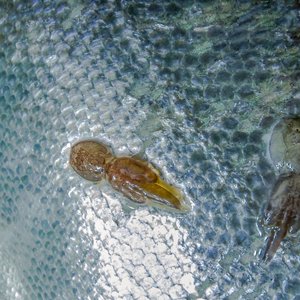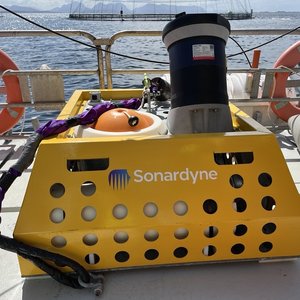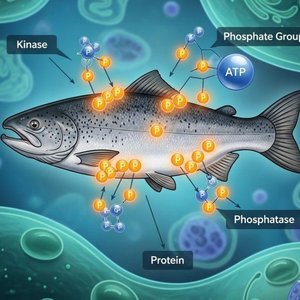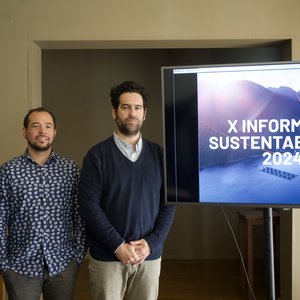Origin Agritech Announces World's First Genetically Modified Phytase Corn
Origin Agritech Limited, a technology-focused supplier of crop seeds and agri-biotech research in China, has licensed a new genetically modified corn to officially introduce the next generation of corn product into China. Origin's phytase corn is expected to be one of the first transgenic corn approved and sold commercially into the domestic marketplace. Transgenic phytase corn is expected to be commercially launched in 2009.
Phytase is currently used as an additive in animal feed to breakdown phytic acid in corn, which holds 60% of the phosphorus in corn. Phytase increases phosphorus absorption in animals by 60%. Phosphorus is an essential element for the growth and development of all animals, and plays key roles in skeletal structure and in vital metabolic pathways. Phytase, as an additive for animal feed, is mandatory in Europe, Southeast Asia, South Korea, Japan, Taiwan for environmental purposes.
The worldwide phytase potential market size is US$500 million, including US$200 million for China alone, according to the China Feed Industry Study. The corn seed market in China is estimated at US$1 billion. While currently microbiology is universally used to produce phytase, Origin plans to be the world's first to introduce transgenic phytase corn.
Phytase transgenic corn, developed by and licensed from the Chinese Academy of Agricultural Science (CAAS) after seven years of study, will allow animal feed producers the ability to eliminate purchasing phytase and corn separately. It will eliminate the need for mixing the two ingredients together, saving time, machinery, and labor for the animal feed producers.
Phytase transgenic corn has passed the Ministry of Agriculture evaluation for safety in the transgenic "intermediate-test" and "environmental-release" stages and is currently in the final stage of evaluation for "production test" safety.










